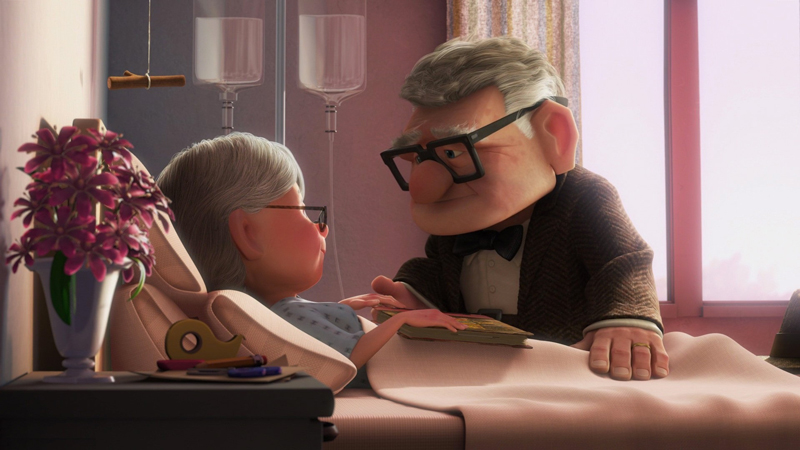Digital detox: the 3 best apps to detox from technology… with the help of technology
Between floods of emails, WhatsApp messages, frantic scrolling, and all sorts of notifications, our concentration is put to the test daily. We are constantly distracted and stressed by our electronic devices. Before we completely lose control, it might be a good idea to unplug, take a deep breath, and regain the balance we have lost.
One solution is to practice digital detoxing, which is the process of consciously and temporally distancing oneself from the digital world.
If the 5 rules for living happily and calmly far from smartphones and tablets that we previously proposed weren’t enough for you, then here are three new suggestions for apps that can help you gradually detach yourself from using electronics and to regain your sense of reality. It almost sounds like a paradox, and maybe it is: escaping technology with the help of technology. Actually, pun aside, it can often be an effective solution, especially since, often, mere willpower is not enough. Then again, for example, you don’t quit smoking overnight but gradually, by decreasing the number of cigarettes you smoke daily. That’s when you need outside help – a method, a strategy. We have researched and tested three apps that can help us, together with our willpower, to do a digital detox. Let’s take a look at them!
Flipd
Flipd is an app that helps us find balance in how much time we spend online. The Light Lock function helps you maintain self-control. You start the timer and the app will track how much time you spend offline. In Full Lock mode, you can choose to have certain apps locked for however long you’d like, thus making it impossible to use them.
Flipd also has lots of additional features like reminders to stay disconnected, a community to encourage users on their detoxification journey, and a “wellness center” with meditation sessions, breathing exercises, and relaxing sounds. It is available for both Android and iOS.
Offtime
This app allows you to monitor your smartphone usage that will help you to not become dependent on apps that are the most distracting and are thus the most dangerous. Offtime features three menus: MyDay, which shows you an overview of your daily activities; MyHighlights, which scores your (balanced or unbalanced) use of your smartphone; and TakeOfftime (“take time off-line”), which allows you to create a profile and determine how you want to use the app. Basically, this app helps us understand our tech habits and addictions, revealing just how much our concentration and productivity is stolen by our apps and contact with others through our phones. Offime makes us face the fact that we often waste time on our smartphones. We can certainly appreciate this app’s attempt to “awaken consciences” and urge us to make better use of our time.

Checky
How many times a day do we pick up our cell phones to check for notifications? According to Oscar-winning filmmaker Eva Orner, as many as 150 times. We pick up our phones so often, and the worst part is that we don’t even realize it.
So here to the rescue is the app Checky, which counts the number of times a day we check our phone. Checky’s philosophy is very simple: showing people how many times they pick up their phones forces them to be aware of just how much they use it. After all, awareness, is the first step toward change.















